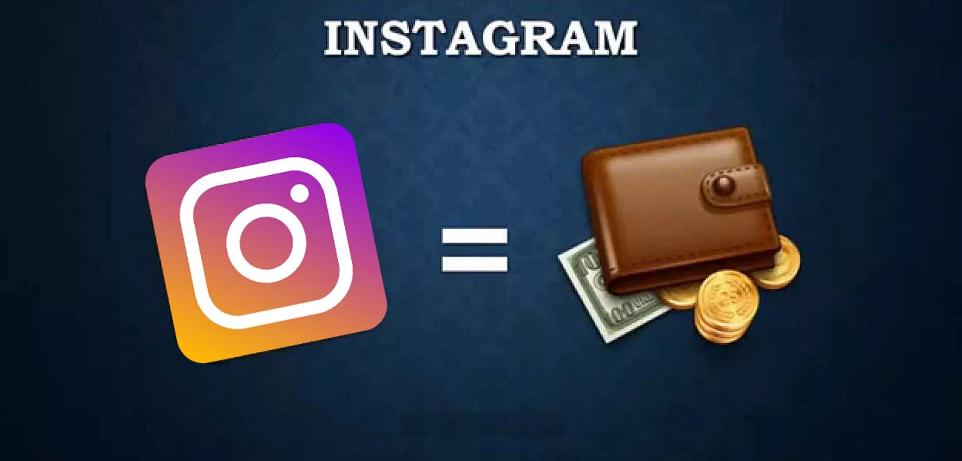If you've been using Instagram at all recently, you've probably seen colorful circles around profile images that represent stories. This text, photos or 15-second short videos are available to both users and brands, all with a 24-hour validity. If you haven’t heard of Instagram stories yet, read below what they are and how to use them.

Why do we need stories?
You may wonder, “Why do I need to regularly use stories on Instagram and publish them on my profile on the Internet?” The truth is that stories are the perfect tool to improve your branding. Since Instagram is so rich in content, brands must constantly post in order to interact with their followers. Due to congestion, morning publications are studied by daytime users, daytime by evening users, and the list goes on.

Stories are filled and displayed differently than your regular Instagram channel, appearing with a rainbow circle around the brand profile photo at the top of the home pages. They also have the added benefit of making it easier for users and potential customers to interact with your brand.

Great way to attract customers.
This is also a great way to direct people to your Instagram page or directly to your site. Stories can let you talk in detail about a sale, promotion, or distribution, or you can add effects to a new blog post or product. Using swipe in your story can even direct users in just one click. Unfortunately, this feature is available only for enterprises with more than 10 thousand subscribers. If you still do not fall into this category, this is normal! You can still direct users to the link in your profile, but remember to change it for the relevant content that you are promoting.

Brand Examples
Let's look at some examples of brands that use stories correctly. Here we see three separate brands using their stories to direct followers to new products on the site, new blog posts, or funny giveaways that they may not have seen just watching the channel.
Linking with missed or potentially missed opportunities is just the beginning. Users want to interact with the brands and people they follow, and since Instagram is such an interactive platform, they want to feel personally involved. Using Instagram Stories for photos and videos makes the brand more humane.

Another way brands can make the most of stories is to show personal moments that would otherwise not be published. You can see how Emily Weiss, owner and CEO of Into The Gloss and Glossier, shows backstage pictures at a conference that introduces her subscribers to her daily life. Monki makes his new collection a little more personal thanks to the fun text and the shooting experience.

Psychological sense of urgency
Because stories are time sensitive, they create a psychological sense of urgency for users. They are upset if they miss all or part of the stories. Due to the short integrated content, users will begin to interact with your planned content more consistently, which would otherwise be a missed opportunity to interact with your audience.

When users interact with your content, the Instagram algorithm begins to “value” your content higher for that user, which means that you are more likely to appear in his feed, regardless of whether you posted a photo a few minutes or hours before he logged in attachment. With consistent publishing, brands can close the gap in current missed opportunities and gain new subscribers. New subscribers and commitments lead to conversions.

Here are some Instagram story options your brand should use:
- Employees, children (if you have a family) and pets.
- Birthdays.
- Production stages.
- Preparation of the order + delivery.
- Travel to work.
- Lazy Sundays.
- Tours.
- Company volunteering.
- Personal volunteering.
- New products and releases.
- New blog posts.

Instagram Stories is a way to add something personal to your brand image. It's like being a representative of what you believe in. Share a piece of your life and enjoy it.
